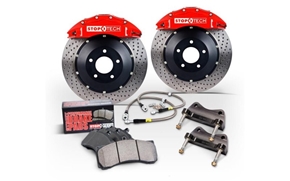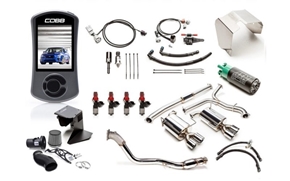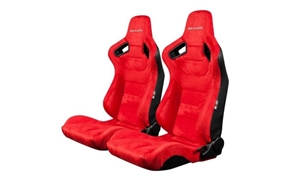Welcome to My Garage
View, manage and find parts and accessories specific to your vehicle.
Please add a vehicle to use as the default vehicle for your search.
addAdd a vehicle
clearClear My Garage
Close
-
Performance
-
Interior
-
Exterior
- Wheels & Tires
-
Tools & Garage
- Auto Racing
- Mobile Electronics
- Shop By Brand
- Servicing
- Dyno Tuning
- Contact Us
- About Us
Menu
(0)
items
You have no items in your shopping cart.
Shop By Category
- Home /
- All Vehicles /
- Performance /
- Engine Components /
- Pulleys /
- Fluidampr 650221 - Performance Damper
Customer service
Contact Us
Copyright © 1998-2025 PTUNING.com. All rights reserved.














































